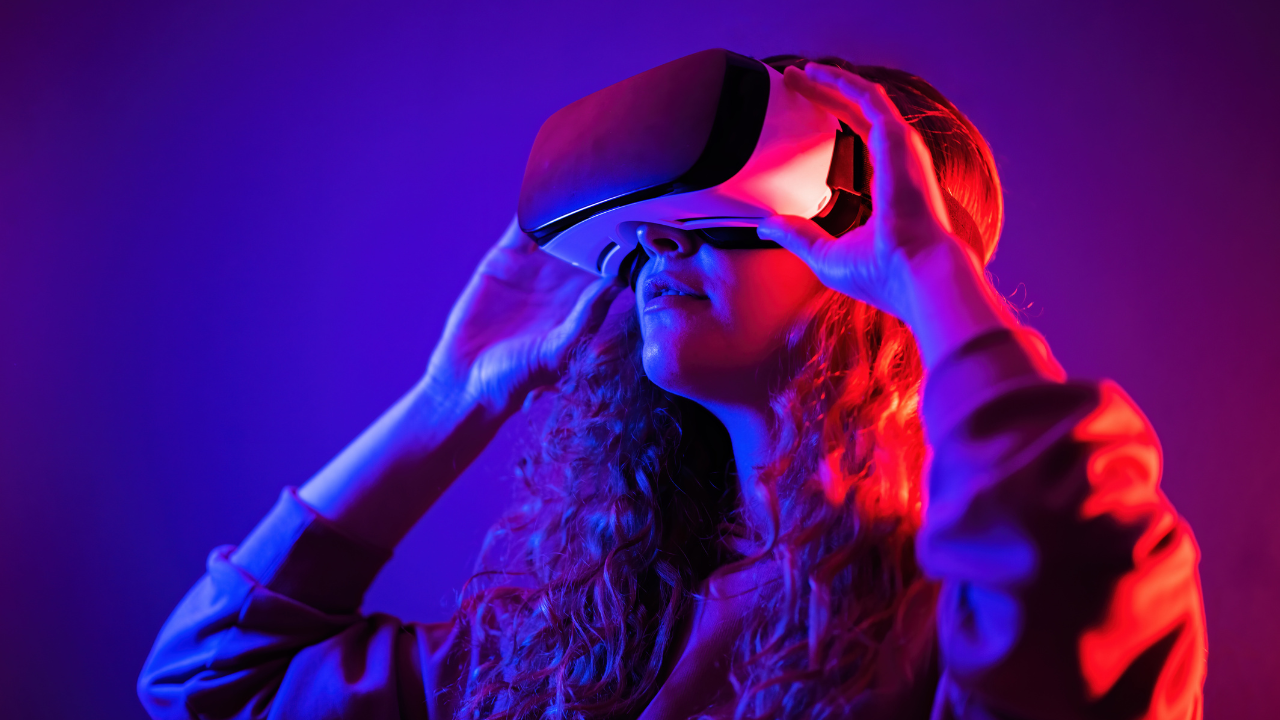Virtual Reality (VR) gaming has emerged as a groundbreaking technology that has revolutionized the gaming industry. With its ability to transport players into immersive digital worlds, VR gaming offers a level of realism and interactivity that traditional
gaming experiences cannot match. In this article, we will explore the recent advancements in VR gaming and the immersive experiences that lie ahead for gamers.
Introduction to Virtual Reality Gaming
What is Virtual Reality (VR)?
Virtual Reality, often abbreviated as VR, refers to a simulated experience that can be similar to or completely different from the real world. It typically involves the use of a headset and other peripherals to create a fully immersive environment for the user.
Evolution of VR in Gaming
VR gaming has come a long way since its inception. Initially, VR technology was limited by hardware constraints and lacked the necessary processing power to deliver convincing experiences. However, with advancements in technology, VR gaming has become more accessible and immersive than ever before..
Advancements in VR Technology
Hardware Improvements
One of the key factors driving the advancement of VR gaming is the continuous improvement in hardware technology. Modern VR headsets boast higher resolutions, wider field-of-view, and improved tracking capabilities, allowing for more realistic and immersive experiences.
Software Innovations
In addition to hardware advancements, software innovations have also played a crucial role in enhancing VR gaming. Game developers are leveraging cutting-edge graphics engines and advanced physics simulations to create lifelike environments and interactions in VR games.
Immersive Experiences in VR Gaming
Realistic Graphics and Environments
One of the most notable advancements in VR gaming is the level of realism that can be achieved in virtual environments. With high-resolution displays and advanced graphics rendering techniques, VR games can now replicate real-world settings with stunning accuracy.
Enhanced Interactivity and Control
Another key aspect of immersive VR gaming is the level of interactivity and control it offers to players. With motion controllers and other input devices, players can physically interact with virtual objects and environments, creating a deeper sense of immersion and presence.
Social Integration in VR Gaming
Multiplayer Capabilities
VR gaming is not just limited to solitary experiences; it also offers robust multiplayer capabilities. Players can join forces with friends or compete against each other in virtual worlds, fostering social interaction and collaboration.
Virtual Communities and Events
Moreover, VR gaming has given rise to vibrant virtual communities and events where players can connect with like-minded individuals from around the world. From virtual concerts to gaming tournaments, these events offer unique opportunities for social interaction and engagement.
Challenges and Limitations of VR Gaming
Technical Constraints
Despite its many advantages, VR gaming still faces several challenges and limitations. One of the primary concerns is the high cost of VR hardware, which can be prohibitive for some gamers. Additionally, issues such as motion sickness and discomfort can detract from the overall experience for some users.
Health Concerns
Another area of concern is the potential health effects of prolonged VR use. Studies have shown that extended exposure to VR environments can lead to eye strain, headaches, and other symptoms. As such, it is important for players to take breaks and practice moderation when engaging in VR gaming.
Future Prospects of VR Gaming
Continued Innovation
Looking ahead, the future of VR gaming looks bright, with continued innovation driving the development of even more immersive experiences. From advancements in haptic feedback technology to the integration of artificial intelligence, the possibilities for VR gaming are virtually limitless.
Integration with Other Technologies
Furthermore, VR gaming is poised to integrate with other emerging technologies such as augmented reality (AR) and artificial intelligence (AI). This convergence of
technologies promises to unlock new possibilities for immersive gameplay experiences and interactive storytelling.
Conclusion
In conclusion, the advancements in virtual reality gaming have paved the way for truly immersive experiences that were once only possible in science fiction. With ongoing improvements in hardware and software technology, VR gaming is poised to become an integral part of the gaming landscape, offering players unprecedented levels of realism, interactivity, and social engagement.
FAQs
Are VR headsets expensive?
● While VR headsets can be pricey, there are more affordable options available on the market. Additionally, prices are expected to decrease as technology continues to evolve.
Is VR gaming suitable for everyone?
● VR gaming can be enjoyed by people of all ages, but it may not be suitable for individuals prone to motion sickness or other health issues. It’s essential to take breaks and listen to your body when engaging in VR experiences.
Can VR gaming be physically demanding?
● Some VR games require physical movement, which can provide a more active gaming experience. However, there are also plenty of seated or stationary VR experiences available for those who prefer a more relaxed gaming session.
Are there any social benefits to VR gaming?
● Absolutely! VR gaming provides opportunities for social interaction and collaboration, allowing players to connect with friends and meet new people in virtual environments.
What does the future hold for VR gaming?
● The future of VR gaming looks promising, with ongoing advancements in technology and increasing adoption rates. As hardware becomes more affordable and software becomes more sophisticated, we can expect to see even more immersive and innovative VR experiences in the years to come.



